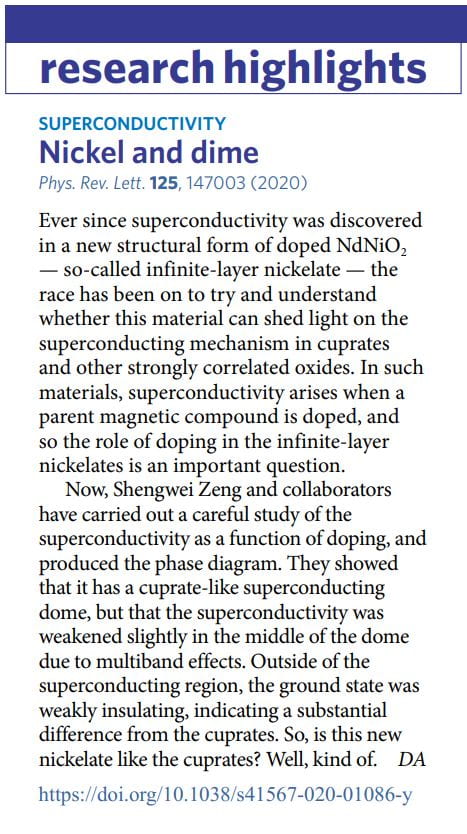Understanding the mechanism of high-temperature superconductors has been one of the holy-grails in scientific endeavors in the last three decades or so. Superconductors with transition temperatures of up to 165 K have been observed in the copper-based complex oxides, the cuprates. Even though many structurally similar variants of this 3d-metal-ion oxide have been discovered, yet the only ones that superconduct always contain copper oxide (CuO2) planes, leaving physicists to wonder if there is something exclusive about coppers. This took a dramatic turn in 2019 with the discovery of superconductivity in doped infinite-layer nickelate Nd0.8Sr0.2NiO2 thin films by a Stanford group led by Prof. Harold Hwang. Having and studying this cuprate analog would hopefully lead to a better understanding of high-temperature superconductivity. After this enthusiasm, however, it has become apparent that nickelate superconductors are more challenging to produce than initially thought. Nine months after this discovery, we became the first group to reproduce this result and published it in PRL (2020).
In this work, not only we successfully produced superconductivity in the infinite-layer nickelates, more importantly, by developing our topotactic reduction method to induce the transition of rare-earth nickelate from perovskite to infinite-layer structures, we were able to observe superconductivity in infinite-layer nickelates for a wide range of dopants, allowing us to build a complete phase diagram of this nickelate superconductor.

